Malware Protection
Malware has been on the rise in recent years, and has become even more prevalent during the COVID-19 pandemic. New malware is being developed and launched around the clock. In fact, Germany’s AV-TEST Institute registers an estimated 350,000+ new malware programs and potentially unwanted applications (PUA) every single day. In light of the increased level of cyberattacks and latest malware threats happening around the world, it’s important to understand the meaning of the term.
Malware refers to a variety of malicious computer software applications that hinder the way computer systems function with a goal of causing damage. Often, this damage is in the form of sending data about a user or the business to unauthorized parties over the internet or extracting a ransom.
What is a Malware Virus?
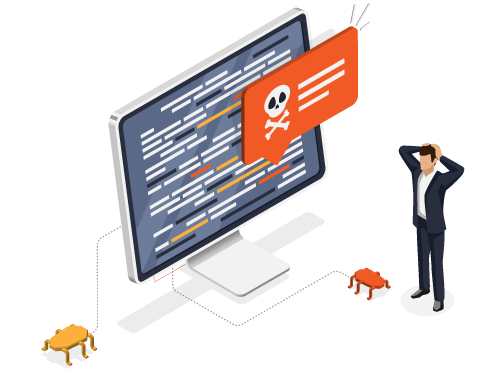
A virus is one of the many types of malware. We’ll describe viruses in more detail further down this page, but a malware virus is generally software that infects a host computer system and then replicates without anyone knowing. It can spread throughout a network quickly, causing harm along the way.
What is a Malware Attack?
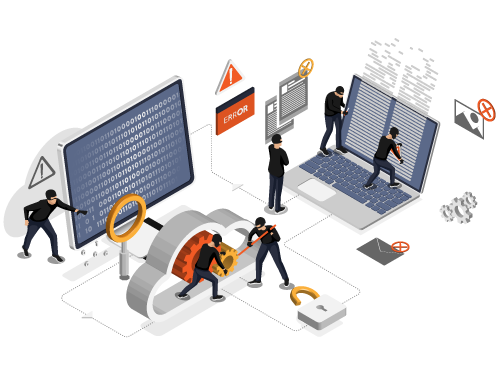
A malware attack could be targeted toward a particular user, group, or company. It may be carried out with a goal of stealing specific data or IP—or it may be designed to cause general destruction and confusion. These incidents can be launched randomly, meaning the attacker lets the software loose on the internet so it can spread organically. Hackers sometimes even take a list of IP addresses and scan their domains for vulnerabilities that would allow them to infect the host system. In most scenarios, malware is embedded in legitimate content such as photos or documents that are either sent to a user’s email or housed on a webpage awaiting download.
Enterprise Malware Protection
Enterprise malware protection can be achieved using a program or process to scan for malware attacks or files that could affect your systems and services. Malware protection for business comes in many forms, including phishing defense, secure email gateways, and server-level antivirus protection, as well as vulnerability and penetration testing that detects any security gaps that could allow malware to enter.
Types of Malware
Virus
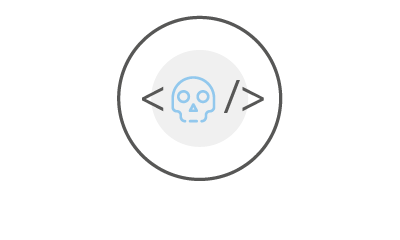
A malware virus takes its name from its health hazard namesake. And just like the biological version, a computer virus is designed to infect its host, which in this case is a computer system. It does this by replicating without a user’s knowledge or permission and injects its own code into whatever programs may exist on the system. Viruses can also spread to other connected systems through attachments. Typically, a file containing a virus or executable program will be shared. When it’s opened by another user, it will infect the next system, and so on, causing damage along the way. This can range from irritating popups to a total crash.
Worm
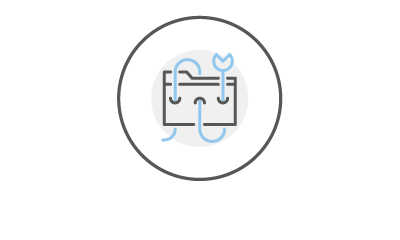
Just like viruses, worms spread easily across an enterprise. They are designed to replicate on computer systems to inflict various degrees of damage. However, worms are standalone programs (unlike their viral counterparts). They don’t have to be attached to a file and then opened to proliferate. A worm exists to find and then exploit any system weaknesses. It does this by leveraging network connections to infect other systems with similar vulnerabilities.
Keylogging/keystroke logging
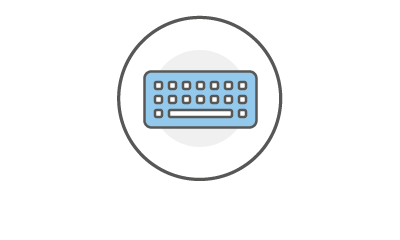
This type of malware records all keystrokes a user takes with a goal of capturing sensitive information such as login credentials. Although there are legal uses for keylogging such as employers monitoring what employees are working on, many times users are unaware they’re being shadowed by an outside entity. In this way cyberthieves can enter usernames and passwords to access other parts of a corporate network masquerading as an employee.
Spyware

The aptly named ‘spyware’ is a type of software which goes under the radar to monitor, collect, and then transmit data from a computer system. It does this without the knowledge of the user or their organization.
Ransomware

Ransomware is software that holds data hostage, locking any access until a payment is made. Perpetrators use it to threaten a company with publishing or destroying information until the ransom is obtained.
Malware Protection Software
The latest wave of malware is hitting a target few people expect: the servers that store your mission-critical data and applications. In addition to Windows machines, this includes IBM i, AIX, and Linux servers. Fortra offers unique malware protection software with industry-leading capabilities that safeguard your business against the latest threats.